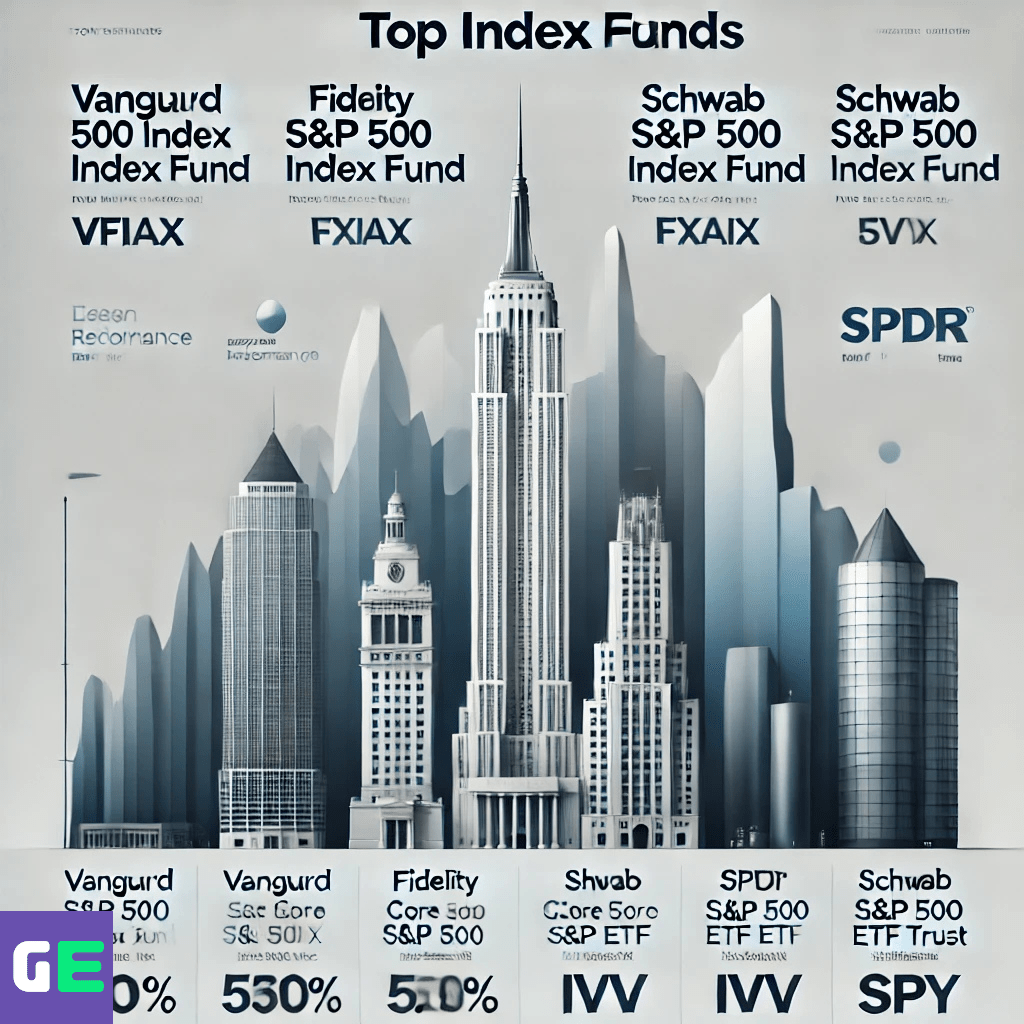Introduction
The financial world is evolving rapidly, and private credit markets have emerged as a crucial component of modern finance. These markets provide alternative lending solutions to businesses and investors, often filling gaps left by traditional banks. With increasing demand for flexible financing options and higher returns, private credit has gained traction among institutional investors, hedge funds, and private equity firms.
But what exactly are private credit markets, and why do they matter? In this comprehensive guide, we will break down the structure, functioning, and significance of these markets. We will also explore their risks, investment opportunities, and future trends.
1. What Are Private Credit Markets?
Private credit markets refer to the segment of the financial system where loans and debt instruments are issued and traded privately rather than through public markets like stock exchanges. Unlike public debt markets, which involve bonds that anyone can invest in, private credit transactions occur between specific lenders and borrowers without public access.
These markets provide businesses with customized financing solutions, especially when traditional bank loans are not an option due to strict regulations or credit constraints. Private credit investors include institutional players such as pension funds, insurance companies, and high-net-worth individuals seeking stable, long-term returns.
Key differences between private credit markets and traditional lending include:
- Customized lending solutions: Unlike standardized bank loans, private credit financing is tailored to the borrower’s needs.
- Higher risk, higher returns: Since private credit borrowers may not qualify for traditional loans, investors often receive higher interest rates in exchange for taking on more risk.
- Limited liquidity: Unlike publicly traded bonds, private credit investments are not easily sold or traded, requiring longer holding periods.
2. How Do Private Credit Markets Work?
The structure of private credit markets revolves around direct agreements between lenders and borrowers. Unlike traditional banks, private credit lenders do not take deposits; instead, they raise funds from institutional investors and deploy them into debt investments.
The Private Credit Lending Process:
- Loan Origination – Borrowers approach private lenders for customized financing solutions.
- Credit Assessment – Lenders evaluate the borrower’s financial health, cash flow, and risk profile.
- Structuring the Loan – The loan terms, including interest rates, maturity, and repayment schedules, are negotiated.
- Disbursement & Monitoring – Once the loan is issued, lenders monitor the borrower’s financial performance to ensure timely repayments.
- Exit Strategy – Investors may exit by holding the loan to maturity, refinancing, or restructuring in case of financial distress.
One of the biggest advantages of private credit markets is their flexibility. Unlike traditional banks, private credit lenders can work with borrowers on customized repayment structures, including interest-only payments or covenant-light loans, reducing borrower restrictions.
3. Key Components of Private Credit Markets
Private credit markets encompass a variety of investment structures and lending mechanisms. Below are the key segments that define the market:
1. Direct Lending
Direct lending involves loans provided directly to businesses without intermediaries like banks. These loans are often used by mid-sized companies looking for capital to expand operations, acquire new assets, or manage working capital.
2. Mezzanine Financing
Mezzanine debt is a hybrid form of financing that combines both debt and equity characteristics. It usually carries higher interest rates but allows investors to convert their loans into equity if the borrower fails to meet repayment obligations.
3. Distressed Debt
This segment involves investing in debt issued by companies in financial distress. Investors purchase distressed loans at a discount, betting that the company will recover and the debt will regain value.
4. Specialty Finance
Specialty finance covers niche lending areas such as consumer loans, real estate credit, trade finance, and asset-backed lending. These markets cater to specific borrower needs that banks may not typically serve.
Each of these components plays a vital role in expanding access to capital while offering diverse investment opportunities within private credit markets.
4. Why Private Credit Markets Matter
The rise of private credit markets has significant implications for businesses, investors, and the broader financial system. These markets have grown substantially in recent years due to factors such as regulatory changes, banking sector constraints, and evolving investor preferences.
Benefits of Private Credit Markets:
- Increased Access to Capital – Many businesses that struggle to secure bank loans can still access funding through private credit lenders.
- Higher Yields for Investors – Investors can achieve better returns compared to traditional fixed-income investments, such as government and corporate bonds.
- Greater Flexibility – Private credit markets offer customized loan structures that meet specific business needs.
- Support for Economic Growth – By providing capital to small and mid-sized businesses, private credit fuels innovation, job creation, and economic expansion.
Due to these benefits, private credit markets continue to play an essential role in today’s financial landscape.
5. Risks and Challenges in Private Credit Markets
While private credit markets offer high returns and growth opportunities, they also come with significant risks. Investors and borrowers must be aware of the challenges that can arise.
1. Credit Risk
Since many borrowers in private credit markets are unable to secure traditional loans, there is an inherent risk of default. Proper due diligence is essential to mitigate this risk.
2. Lack of Transparency
Unlike public markets, private credit transactions are not subject to the same disclosure requirements, making it harder for investors to assess risks.
3. Liquidity Constraints
Private credit investments are often illiquid, meaning investors may be locked into their positions for years before being able to exit.
4. Regulatory Uncertainty
As private credit markets grow, governments may introduce new regulations that could impact investment strategies and market dynamics.
Despite these risks, careful portfolio management and diversification strategies can help investors navigate private credit markets successfully.
6. Future of Private Credit Markets
The future of private credit markets looks promising, with continued growth expected due to evolving economic and regulatory conditions.
Key Trends to Watch:
- Rising Institutional Participation – Pension funds and insurance companies are increasing their exposure to private credit for better returns.
- Technology and Fintech Innovations – Digital lending platforms and AI-driven risk assessments are streamlining private credit transactions.
- Global Expansion – Emerging markets are becoming attractive destinations for private credit investments.
- Impact of Interest Rates – As central banks adjust interest rates, private credit markets will respond with new lending structures and risk management strategies.
With these trends, private credit markets are poised to become a dominant force in the financial industry.
7. How to Invest in Private Credit Markets
For investors looking to enter private credit markets, there are several avenues to explore:
- Private Credit Funds – Managed funds that pool investor capital and allocate it across different private credit strategies.
- Direct Lending Platforms – Online platforms connecting investors with borrowers.
- Institutional Partnerships – Large investors collaborate with private lenders to access exclusive deals.
- Debt Securities – Some private credit instruments are structured as tradable securities for greater liquidity.
Before investing, it’s essential to evaluate factors like risk tolerance, investment horizon, and expected returns to make informed decisions in private credit markets.
Conclusion
Private credit markets have revolutionized modern finance by offering businesses an alternative to traditional banking while providing investors with attractive yield opportunities. With diverse lending structures, a growing institutional presence, and innovative financial technologies, these markets are set to expand further.
However, investors must also be mindful of the risks associated with private credit, including credit defaults, regulatory changes, and liquidity constraints. By conducting thorough due diligence and selecting the right investment strategies, market participants can successfully navigate and benefit from private credit markets in the years to come.
Whether you’re an investor seeking higher returns or a business looking for financing, understanding private credit markets is crucial to making informed financial decisions Read more
FAQs
1. What Is Private Credit in Markets?
Private credit in markets refers to debt financing provided by non-bank lenders, such as private equity firms, hedge funds, and institutional investors. Unlike traditional bank loans, private credit is negotiated privately between lenders and borrowers, offering customized financing solutions.
2. How Does Private Credit Differ from Public Debt Markets?
Unlike public debt markets, where bonds are traded on exchanges, private credit in markets involves direct lending agreements without public disclosure. Private credit offers more flexibility, higher yields, and tailored loan structures compared to publicly issued bonds.
3. Why Is Private Credit in Markets Growing?
The rapid growth of private credit in markets is driven by stricter banking regulations, increased demand for flexible financing, and higher returns for investors. Companies that cannot access traditional bank loans turn to private credit as an alternative source of capital.
4. Who Are the Key Players in Private Credit Markets?
Major participants in private credit in markets include:
- Institutional investors (pension funds, insurance companies)
- Private equity firms
- Hedge funds
- Direct lending platforms
- Alternative asset managers
5. What Are the Main Types of Private Credit in Markets?
Key segments of private credit in markets include:
- Direct Lending – Loans provided directly to businesses.
- Mezzanine Financing – Hybrid debt with equity-like features.
- Distressed Debt – Investments in financially troubled companies.
- Specialty Finance – Niche lending areas such as real estate, trade finance, or asset-backed lending.
6. What Are the Benefits of Investing in Private Credit Markets?
Investors benefit from private credit in markets through:
- Higher returns compared to traditional bonds.
- Portfolio diversification with non-correlated assets.
- Flexible loan structures tailored to borrower needs.
- Lower volatility than public debt markets.
7. What Risks Are Associated with Private Credit in Markets?
While attractive, private credit in markets comes with risks such as:
- Credit risk – Borrowers may default on loans.
- Liquidity risk – Investments are less liquid compared to publicly traded securities.
- Regulatory risk – Changes in financial regulations could impact market operations.
- Economic downturns – Recessionary periods can increase default rates.
8. How Can Investors Access Private Credit in Markets?
Investors can gain exposure to private credit in markets through:
- Private credit funds managed by asset managers.
- Direct lending platforms connecting lenders with borrowers.
- Co-investment opportunities with private equity firms.
- Institutional partnerships in syndicated loans.
9. How Are Private Credit Markets Regulated?
Regulation of private credit in markets varies by region. Unlike traditional banks, private lenders are not subject to the same capital requirements or oversight, making them more flexible but also riskier. Governments may introduce new laws to increase transparency in private credit markets.
10. What Is the Future Outlook for Private Credit in Markets?
The future of private credit in markets looks strong, with continued growth due to:
- Increased institutional participation.
- Expanding global markets for private lending.
- Fintech innovations improving access and risk management.
- Higher demand for alternative financing solutions.













Leave a Reply